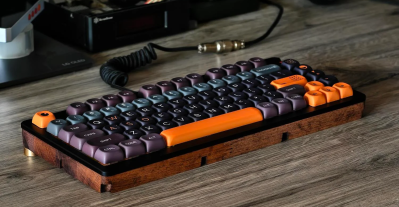Have you yet stumbled upon the principle of “consistently applied small amounts of work can guarantee completion of large projects”? I have, and it’s worked out well for me – on days when I could pay attention to them, that is.
A couple times, I’ve successfully completed long-term projects by making sure to do only a little bit of it, but I do it every day. It helps a lot with the feeling you get when you approach a large project – say, cleaning up your desk after a few days of heavy-duty hacking. If you’re multi-discipline, and especially if you happen to use multiple desks like me, a desk can stay occupied for a while.
Can you do one minute of desk cleaning today? Sure doesn’t feel like much time, or much effort. In a week’s time, however, you might just have a clean desk. Cleaning discrete messes is where this concept applies pretty well – you couldn’t wash floors like this, but you could wipe off the dust from a few surfaces for sure.
Now, I want to make this a habit – use it on like, seven different things a day. I wrote a script to make it possible – here’s how it works for me right now.
Building Upon The Seen-Before
I relied on a few previously-discussed things for this one. Main one is the Headphone Friend project – a pocketable Linux device, streaming audio from my laptop as I walk around my room. As a reminder, the headphones also have a button that emits HID events when pressed/released, and I have a small piece of software that can map actions to combinations of short-medium-long presses of that button.
Another necessity was a bit of software – dodging my questing system “away from laptop = system breaks” mistake, I wanted to put everything into my headphones, even the task names, trying to reach a “flow” through a series of 1-minute tasks. Of course, I reused the old sound library, but I also needed TTS generation on the fly! I went for PicoTTS with a simple wrapper – it’s not the best TTS system, but it’s damn fast, and perfectly suited for a prototype.
For the button-to-action mapping script, I had to expose some sort of API, to avoid merging the button scanning code and the task switching code. After a little deliberation, I picked websockets – they work decently well, and they’re quite portable, so I could run the button monitoring itself on the Headphone Friend device, and the main software on my laptop, for prototyping purposes.
Now, the more interesting question – how do I build the algorithm?
Continue reading “Hack On Self: One Minute Blitz” →


















